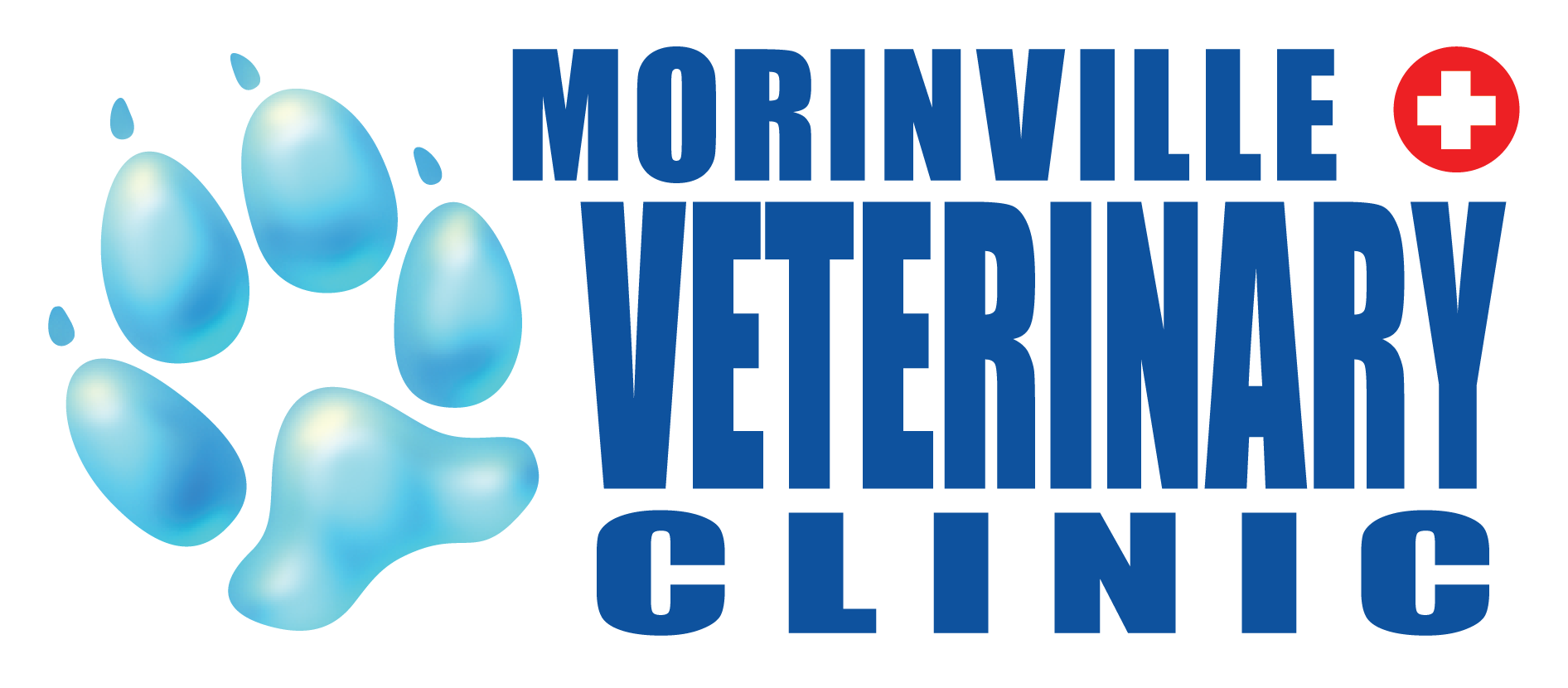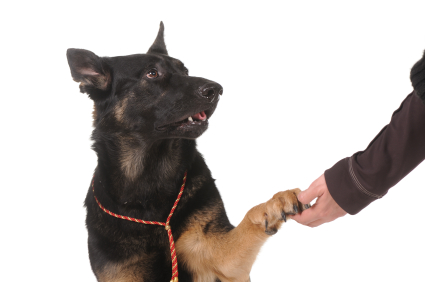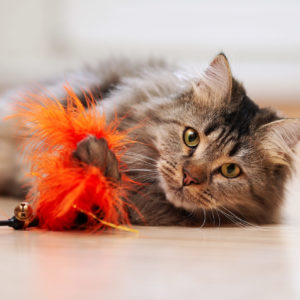If you ask Dr High, or any of the staff at Morinville Vet Clinic that have been working for more than a decade, they will tell you that there are a lot more senior pets than there used to be. The main reason is that pet owners have started taking better care of their pets. On top of that, medicine has improved to the point that more care is available for older pets. More conditions can be diagnosed and treated than in the past. Older pets now have a chance to be cured of things that used to be fatal.
The other side of this is that Dr High often has owners saying “He’s not sick, he’s just old.” Age is not a disease. The majority of changes in older pets are things that need to be managed, but there are many that need to be treated. The question is-how do you know which is which? The answer at our clinic is regular check-ups. With older pets, “regular” is every six months if the pet seems fine, sooner if you notice a change.
Changes to look for in older pets would be decreased mobility, changes in appetite or thirst, increased sleeping and weight change. Any of these changes can be gradual or very sudden. All these signs in older pets are in addition to signs of illness seen in pets of any age: lumps, limping, coughing, difficulty eating or going to the bathroom.
When we see older pets for their visits, we tend tend to focus a little more on the areas of concern for older pets. When taking histories, we ask a lot about activity. Is the pet slow to get up and down? Do they seem to “warm up” or “tire out” when they exercise? What do they do for exercise, and is it the same amount as they used to? It is important to point out that dogs with arthritis are more likely to limp than cats with arthritis. Older cats show their arthritis by being reluctant to jump. Not every case of decreased activity in older pets is due to arthritis. Some have heart problems, others are due to becoming senile. We also ask a lot of questions about how much the pet drinks and goes to the bathroom. These changes can happen gradually and the change be missed.
When the physical exam starts, older pets require a focus in certain areas. We pay special attention to the heart. Detecting a heart problem while it is mild gives vets a better chance of treatment that will delay it becoming serious.
After the heart, older pets require a close exam of the eyes and the mouth. When I examine the mouth, I am looking most at the deterioration of the teeth and gums. While it is common for older pets to have tartar, there is no reason that the tartar cannot be managed with proper diet and brushing.
In examining the body of an older pet, we look for stiff or sore joints and for lumps that are growing. Many of these changes can be easily managed once detected.
One other difference in the exam of an older pet is that it is more likely that the vet will recommend testing, whether blood tests or radiographs. We want to detect problems early so they can be controlled.
The visits to the vet may be more involved for older pets than they had when they were younger. That is because we have grown very fond of them, and want to keep them around a long time.
Written by Morinville Veterinary Clinic




